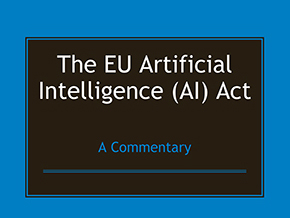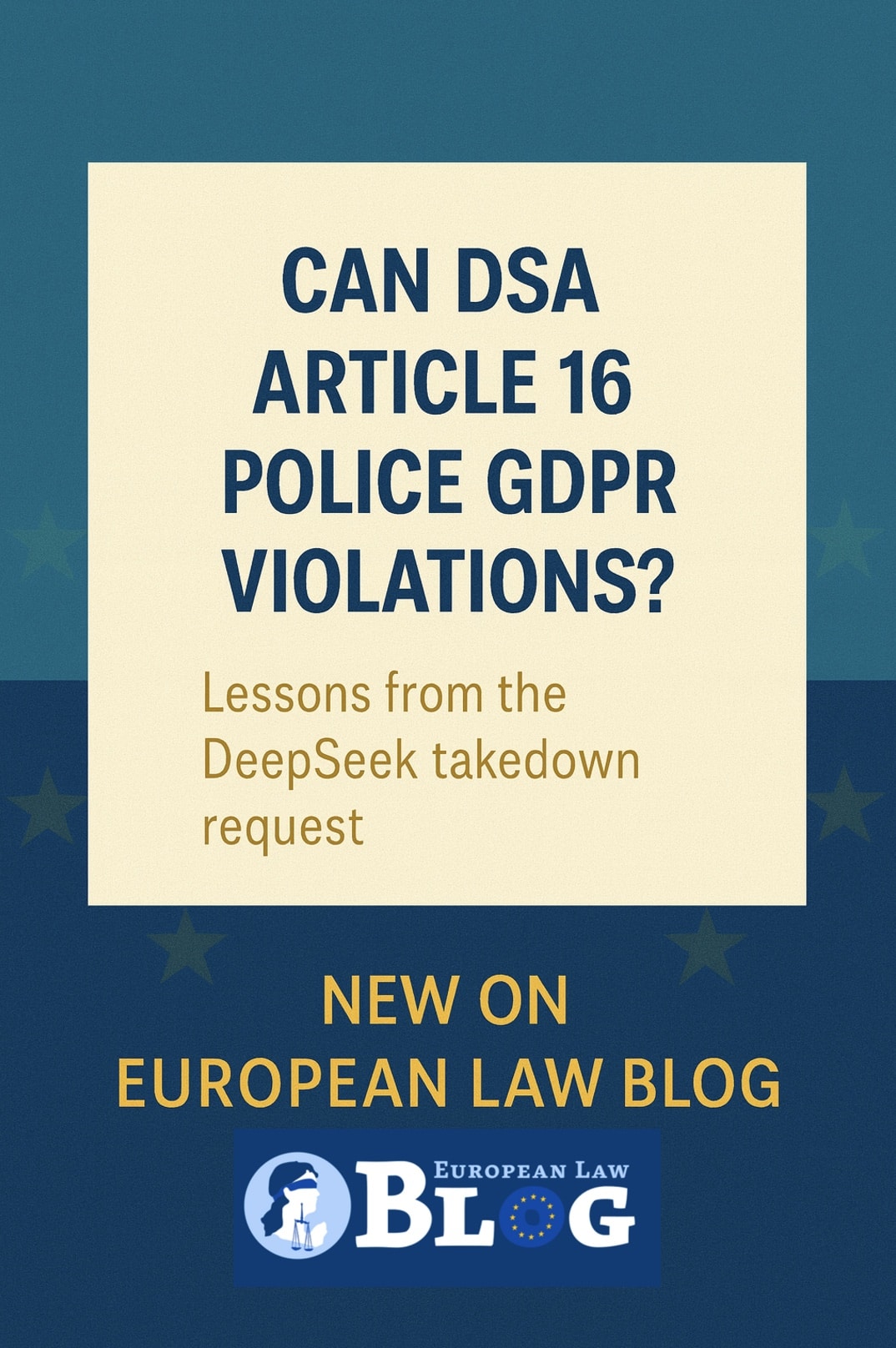Introduction to eDiscovery and AI
In an increasing number of industries, eDiscovery of regulation and compliance documents can make trading (across state borders in the US, for example) less complex. This is particularly important in industries like pharmaceuticals, where complex supply chains require companies to be aware of the mass of changing rules and regulations emanating from different legislatures at local and federal levels.
The Role of AI in Regulated Supply Chain Compliance
It’s no surprise, therefore, that it’s in regulated supply chain compliance that AI can be hugely beneficial. Given that AIs excel at reading and parsing documentation and images, service providers like Lighthouse AI use the technology in its different forms to comb through existing and new documentation that governs the industry. The company’s latest suite, Lighthouse AI for Review uses the variations on machine learning of predictive and generative AI, image recognition and OCR, plus linguistic modelling, to handle use cases in large volume, time-sensitive settings.
How Lighthouse AI Works
Predictive AI is used for classification of documents and generative AI helps with the review process for better, more defensible, downstream results. The company claims that the linguistic modelling element of the suite refines the platform’s accuracy to levels normally “beyond AI’s capabilities.” Lighthouse AI for Review includes use cases including AI for Responsive Review, AI for Privilege Review, AI for Privilege Analysis, and AI for PII/PHI/PCI Identification.
The Benefits of Lighthouse AI
The Lighthouse AI claims that its users see an up to 40% reduction in the volume of classification and summary documents with the AI for Responsive Review feature, with less training required by the LLM before it begins to create ROI. AI Privilege for Review is also “60% more accurate than keyword-based models,” Lighthouse AI says. AI’s acuity with visual data is handled by AI for Image Analysis uses GenAI to analyse images and, for example, produce text descriptions of media, presenting results using the interface users interact with for other tasks.
Real-World Applications
Given that the blanket term ‘the pharmaceutical industry’ includes concerns as disparate as medical technology, drug research, and production, right through to dispensing stores, the compliance requirements for an individual company in the sector can be wildly varied. “Rather than a one-size-fits-all approach, we’ve been able to shape the technology to fit our unique needs – turning our ideas into real, impactful solutions,” says Christian Mahoney, Counsel at Cleary Gottlieb Steen & Hamilton.
Conclusion
In conclusion, AI is playing a crucial role in regulated supply chain compliance, particularly in industries like pharmaceuticals. Lighthouse AI is at the forefront of this technology, using predictive and generative AI, image recognition, and linguistic modelling to help companies navigate complex compliance requirements. With its ability to reduce document classification and summary volumes by up to 40% and improve accuracy by 60%, Lighthouse AI is revolutionizing the way companies approach eDiscovery.
FAQs
- What is eDiscovery?
eDiscovery refers to the process of discovering and retrieving electronic documents and data in response to a legal request or investigation. - What is Lighthouse AI?
Lighthouse AI is a company that provides AI-powered solutions for regulated supply chain compliance, including eDiscovery and document review. - What are the benefits of using Lighthouse AI?
The benefits of using Lighthouse AI include reduced document classification and summary volumes, improved accuracy, and increased efficiency in the eDiscovery process. - What industries can benefit from Lighthouse AI?
Lighthouse AI can benefit industries with complex supply chains and compliance requirements, such as pharmaceuticals, medical technology, and healthcare.











